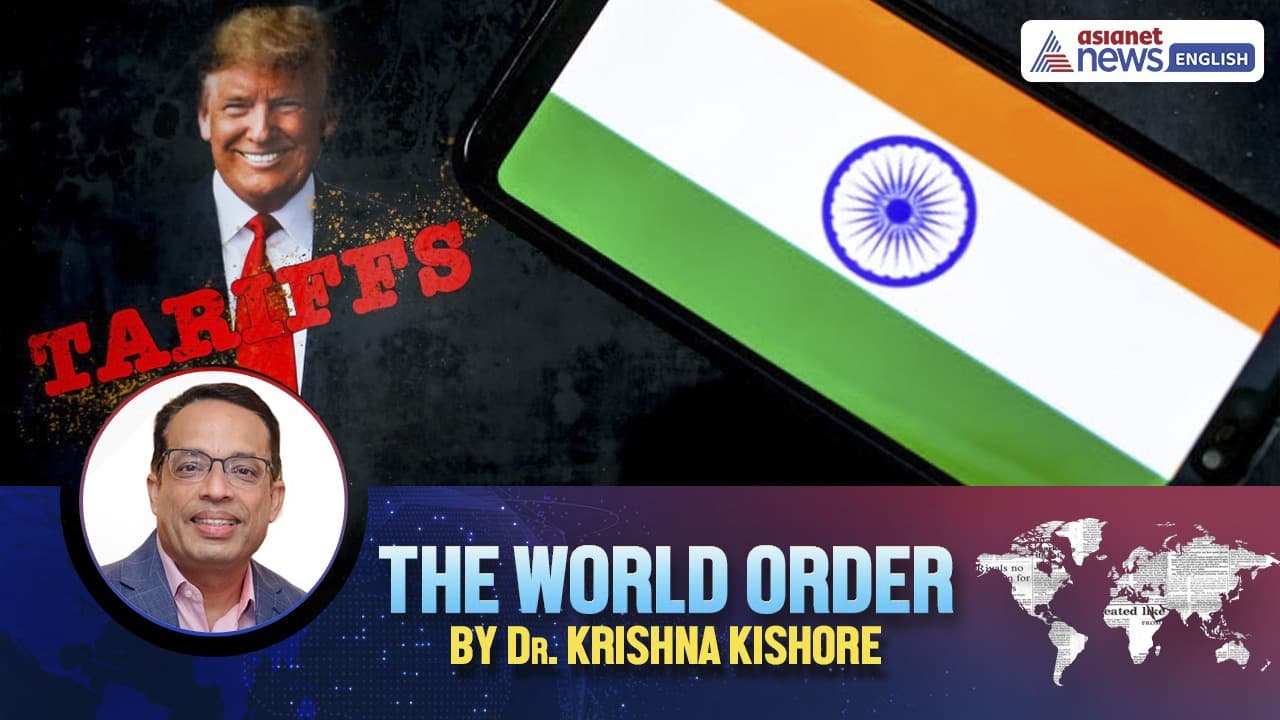India is stunned as Donald Trump targets it with tariffs despite deepening strategic ties. While China buys more Russian oil yet faces leniency, India is branded “tariff king.”
India’s External Affairs Minister Dr. S. Jaishankar recently admitted that New Delhi is “perplexed” by Washington’s sudden hostility. For years, India has been celebrated in U.S. strategy papers as a linchpin in Asia and a natural ally in balancing China. Yet paradoxically, it is India, not Beijing, that now finds itself the target of Donald Trump’s tariff wrath.
The question haunting policymakers in both South Block and Washington is simple: why is a supposed strategic partner being punished while China, despite buying far more oil from Russia and challenging U.S. interests globally, is treated with comparative leniency?
The Tariff Trap
At the core of Trump’s frustration lies trade imbalance. In fiscal year 2025, India exported $86.5 billion worth of goods to the U.S. and imported $45.3 billion, resulting in a substantial goods trade surplus of approximately $41 billion. India runs a surplus with the United States, and Trump, true to his transactional worldview, measures relationships in dollars, not in democratic affinity or shared values. India’s protectionist instincts, from e-commerce restrictions to data localization rules and pharmaceutical price controls, appear to him as affronts. Tariffs have become his favored weapon, even if they undermine broader strategic goals.
But economics only explains part of the story. Tariffs are also political theater. Trump thrives on optics, needing to showcase toughness to his base. China, for all its rivalry, has mastered the art of managing Trump’s ego, mixing confrontation with selective concessions. Beijing provides just enough symbolic gestures, limited market access, a vague pledge on North Korea, that Trump can trumpet as wins. India, by contrast, comes across as rigid, reluctant to compromise on oil imports, defense purchases, or agricultural barriers.
The China Exception
This is where India’s perplexity deepens. China buys significantly more discounted Russian oil than India, yet it escapes Trump’s rhetorical fire. The reason is less about fairness and more about stagecraft. Trump sees China as the centerpiece of his larger geopolitical theater, a rival that can also deliver dramatic breakthroughs he can sell at campaign rallies. India, no matter how loyal, does not offer that kind of spectacle.
In Trump’s political imagination, China is both rival and indispensable partner. India is important, but not essential. Strategic logic says Washington should bolster New Delhi as a counterweight to Beijing. Trump’s personal logic says punish the “tariff king” until concessions appear.
India’s Bewilderment
For Indian officials, this feels like betrayal. Successive governments have invested heavily in the U.S. relationship: signing the civil nuclear deal, deepening defense cooperation, engaging in Quad dialogues, and opening space for American technology giants. To now be branded an unfair trader and tariff target is bewildering.
The timing makes the sting sharper. India expected that Washington, facing intensifying competition with China, would double down on its partnership with New Delhi. Instead, India is lumped with adversaries. The irony is stark: while China’s energy ties with Russia dwarf India’s, Beijing enjoys a patient Trump, while India is penalized for asserting its trade and energy sovereignty.
Explaining the Turn
What explains this sudden turn? It is the clash between strategic logic and Trump’s personal calculus. Strategists in Washington call India the defining partnership of the century. Trump calls it a tariff problem. To him, loyalty is secondary to the art of the deal, and partnerships must translate into visible wins he can sell to his base.
India is discovering a hard truth: being America’s democratic partner in Asia is no shield against a U.S. president who prizes spectacle over strategy. Perplexity is understandable, but insufficient. New Delhi must find a way to speak Trump’s language of victories, or brace itself for treatment harsher than rivals who understand how to manage the optics game better.
